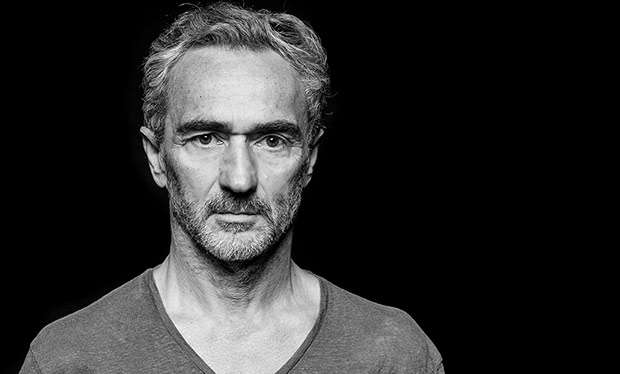
© Joerg Letz. (Click image for larger version)
Ballet Preljocaj in La Fresque
London, Sadler’s Wells, 30 September – 2 October 2019
Ballet Preljocaj are about to make their long awaited return to London’s Sadler’s Wells dancing La Fresque – Graham Watts talks to Angelin Preljocaj about the work itself and more widely about his creative life.
www.preljocaj.org
www.sadlerswells.com
The unique choreographic language that Angelin Preljocaj has been enhancing for 35 years began with the conventional study of ballet. Although the young man from Sucy-en-Brie – in the south-eastern suburbs of Paris – soon realised that the rigid discipline of codified dance could not contain his expansive ideas for creating movement. “The field of ballet was just not open enough for me,” he recalled when we spoke recently, ahead of his company’s much-anticipated return to Sadler’s Wells with La Fresque (30 September – 2 October).

© Jean-Claude Carbonne. (Click image for larger version)
Studying with Karin Waehner in the late 1970s opened up these new fields that Preljocaj was seeking by exposing his thirst for inspiration to the legacy of German expressionism that Waehner had inherited from its greatest luminary, Mary Wigman, with whom she had studied, in Leipzig, after the Second World War. Exploring the choreography of Wigman and others from this influential era of modern dance, such as Dore Hoyer, Hanya Holm and Waehner herself, Preljocaj saw that “continuing this rich development of expressionism was my way to find a special language that would continue to evolve.”
The second phase in his process of self-discovery came on an extended trip to New York in 1980. Preljocaj spent eight months working in Merce Cunningham’s studio, discovering inspirational new concepts of space and movement, although his enlightenment went beyond the dance studio: “New York was an incredible city at that time and much of what I learned about making art came from the nightclubs,” he explained.
The roots of Preljocaj’s language are thus to be found in this rich mix of abstract German expressionism, the simple clarity of Cunningham’s choreography and the extravagant integration of art, design and music in the Studio 54 club scene, which brings us to the most important noun in his vocabulary. ‘Collaboration’ is a word that Preljocaj uses regularly during our conversation. “I need to be fed by collaboration,” he told me, “each new collaboration makes me different because my first priority is not to Xerox my inspiration. I try always to do a new piece with a different theme, challenging myself to learn something I don’t know how to do, and this process is always encouraged through collaboration.” Preljocaj has a long list of people that he wants to work with but admiring their work isn’t enough. “I know that the theme will always bring me to the right people.”

© Jean-Claude Carbonne. (Click image for larger version)
Each work begins with a new concept established by Preljocaj. He will then choose collaborators on the basis of their work, their energy and the inspiration he feels they will bring to his own creativity. Fashion design plays a big part in his collaborations, working with Jean-Paul Gaulthier on Snow White, for example. He also worked with Azzedine Alaïa on three productions, including La Fresque, although the Tunisian couturier died shortly after that final collaboration. Preljocaj received the news as his company prepared to perform in Istanbul, and the choreographer gave an emotional tribute to his designer from the stage.
The inspiration for La Fresque came from a 14th Century Chinese fairy tale about a man who falls so obsessively in love with the image of a woman in a painting that he becomes absorbed within the image to be with her. However, what really inspired Preljocaj was how a 700-year-old story could be so relevant to the present day. “Even though it was from the 14th Century, the theme is very actuelle because it concerns our relation with virtual reality. I thought about the craze for Pokémon GO, which was prevalent at the time that I made La Fresque (2016) where kids would use their mobile phones to go around cities looking for Pokémon, even though no one else could see the images that they were seeking. We are developing a special relationship with virtual reality that is changing our lives and I was fascinated that this ancient fairy story from China was essentially about the same thing.”
The Preljocaj mantra of collaboration pervades the company that has borne his name since it was formed in 1984. It is not so much a dance company as a close-knit community. He explained why: “dance is an art that you can’t do alone, like being a painter or a writer. You have to work with people and they all give a part of themselves to the process of creating dance. This is why I say that each piece looks like the dancers I made it with.”
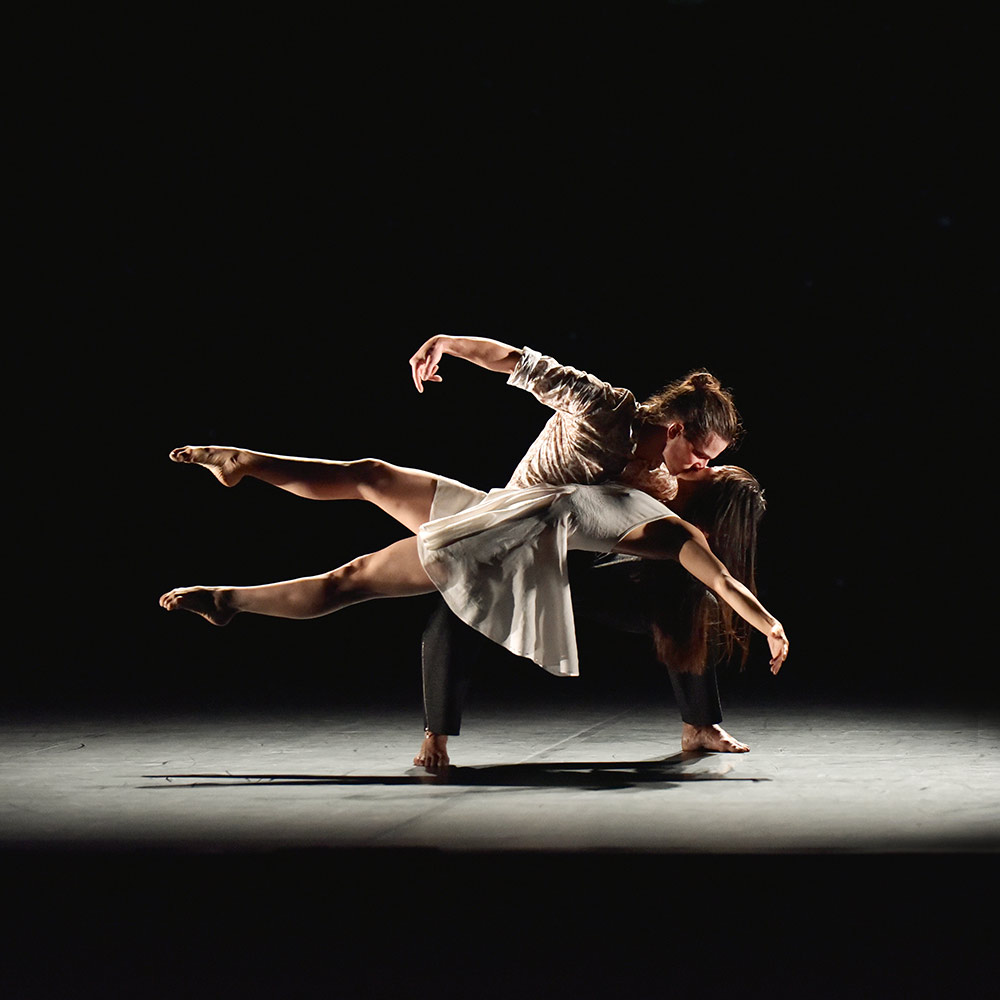
© Jean-Claude Carbonne. (Click image for larger version)
The importance Preljocaj attaches to his dancers, past and present, is signified by the names of everyone that has ever performed with the company being inscribed on the staircase of their home, the Pavillon Noir in Aix (a purpose-made building entirely devoted to dance, which the company has occupied since 2006). Preljocaj explained that this important gesture is much more than symbolic: “This place where we work is only made possible by all the dancers that came before who never had the opportunity to work in this building. That is why I put in writing on each step the names of every dancer from the past because they helped to put the company here.”
Ballet Preljocaj has not performed in London for seven years (since Snow White was shown at Sadler’s Wells) although the company has since performed at the Edinburgh International Festival. Almost twenty years’ ago, the Royal Ballet was on the verge of commissioning Le Parc but it didn’t happen, although Scottish Ballet’s more adventurous policy led to MC14/22 (Ceci est mon corps), essentially a work about The Last Supper, coming into their repertory (also being performed at the Edinburgh International Festival, in 2016). Preljocaj is glad to be coming back. “We love to perform in Britain because there is a very deep culture about dance, which is very important for us.”
The London performances of La Fresque are part of a season entitled FranceDance UK, supported by the Institut Français. France has always had a rich culture in contemporary dance, of which Preljocaj and his company are a significant embodiment. But times are tougher. “There is less money for culture in France, as there is everywhere in the world,” Preljocaj explained, “but we have strong institutions in Les Centres Chorégraphiques nationaux (nineteen regional centres for contemporary dance, established in the 1980s, of which Ballet Preljocaj is the centre for Aix-en-Provence). They provide opportunities for new choreographers in a structured and secure environment. On the other hand, however, there is less money for independent groups, which is sad. There needs to be an association between the choreographic centres and these independent groups, which is beginning to happen.”

© Jean-Claude Carbonne. (Click image for larger version)
His latest work is Gravity, which Preljocaj describes as “abstract laboratory research on the idea of gravity,” and he has also created a work for the ballet company of La Scala in Milan based on Schubert’s song cycle, Winterreise, which he restaged on his own dancers at the Montpellier Dance Festival, in June. His next project is to be a new Swan Lake, which will premiere in September 2020 for the sixteenth edition of the Biennale de Lyon.
We spoke about the legacy of his work. “For me, it is important to give memory to dance. Many people regard dance as ephemeral but dance is no more ephemeral than music. It is really sad to hear about all these pieces that no longer exist because they were not properly documented and have disappeared, especially when their choreographers are no longer here. It is art that has been lost.” But Preljocaj is also acutely aware of the dangers of recreating work. “If you didn’t see the work and you don’t know, you can alter the original thinking and that changes perception of the history of dance,” he warned.
“If we want to know about a composer, we can visit archives and read their scores. But, with dance it is very difficult to have that precise memory from the past, which is why I fight to try to ensure that we have it for the future.” All of Preljocaj’s works are recorded by Benesh Movement Notation and on film and with such determination allied to the consistent quality of his repertoire over many years, there seems little danger in the rich body of his work ever disappearing.







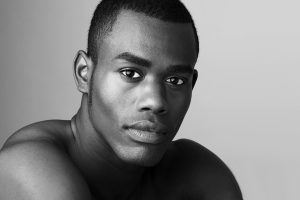







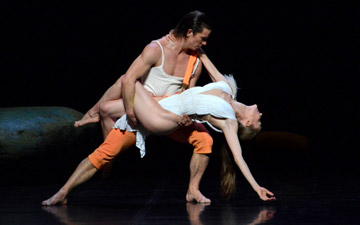
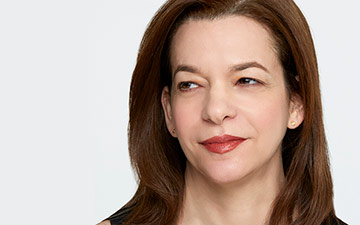
You must be logged in to post a comment.